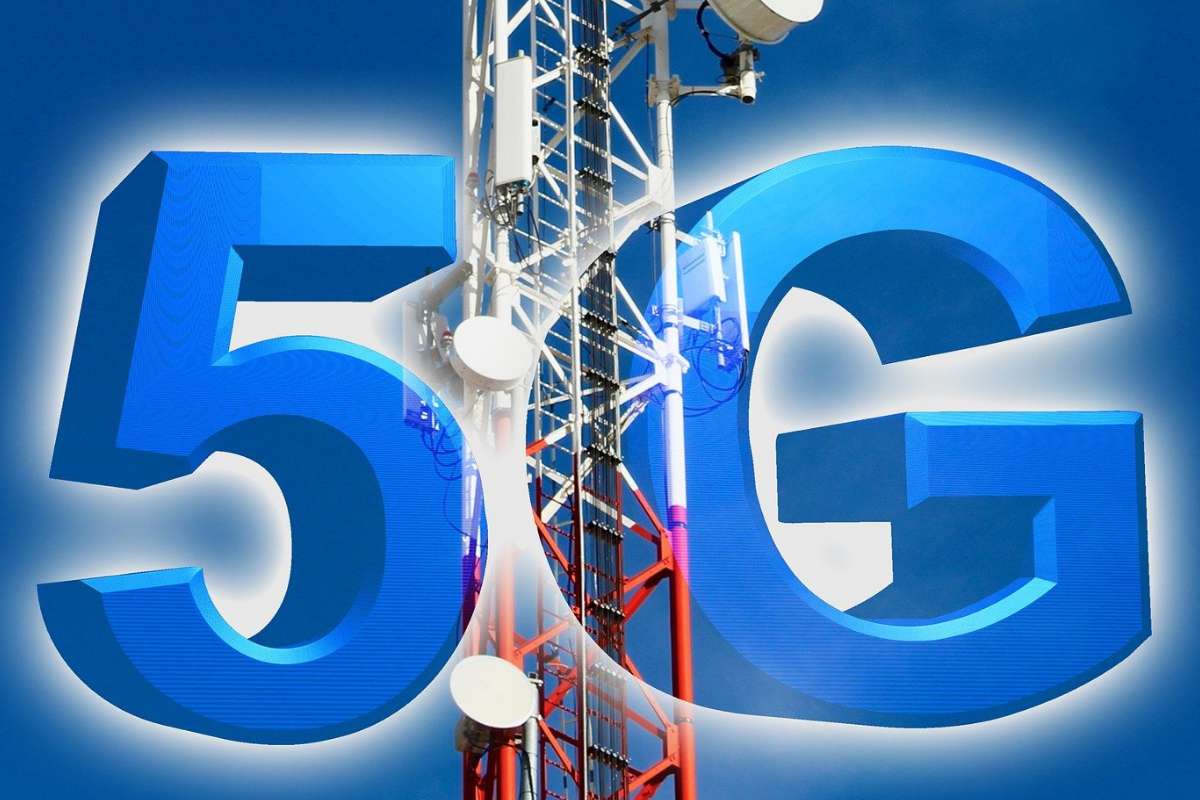
There is a multitude of use-cases of 5G that will be discovered and developed further once the technology arrives commercially in India. Vivek Kalra, Director & Head of Telecom, India & SAARC, Juniper Networks, talks about the readiness of India to adopt 5G standards of communication and sheds light on how AI-driven networks will help the Indian telecom operators.
How upgrading to SD-WAN will support Indian enterprises, and what will it offer to telecom service providers?
Enterprises across verticals in India have started adopting SD-WAN to overcome the rigidness and shortcomings of their existing WAN deployment. SD-WAN allows enterprises to leverage a combination of transport technologies – including MPLS, LTE, Broadband & VSAT. This adds operational complexity to SD-WAN.
This makes SD-WAN a very big opportunity for telecom Providers. They are offering SD-WAN as a service by combining connectivity, CPEs and life cycle management of the overall solution.
How is 5G going to make a difference in India both from a consumer point of view and from a business perspective?
The 5G era will introduce a wide range of time-critical services for consumers, enterprises, and government organisations across various sectors in India. Applications built in this era demand data delivery within a specific guaranteed time duration.
For example, we will see increased demand for immersive media experiences driven by AR and VR technology, which spans both consumer and enterprise use cases. We will also see a rise in remote control operations in various industries as well as unmanned vehicle systems powered by the connectivity that 5G brings.
Are we ready for 5G? Once 5G gets launched, who is going to benefit more out of it?
All operators in India are running 5G Trials for various use cases and are gearing up to launch 5G in the next few quarters across big cities. Operators are running Transformation across all aspects of their networks. All decisions of operators across Radio, Transport, Data-centres & IT, are all keeping 5G in mind. 5G has various use cases, relevant & beneficial for both consumers and enterprises.
How are AI-driven networks going to help Telecom Operators?
Data traffic has seen explosive growth driven by various applications and use cases. Telecom networks are more critical than ever and have become pervasive in all aspects of our lives. Operators are focused on delivering quality of service’, enhanced customer experience and are keen to add agility and self-healing capabilities in their networks.
AI and automation play a key role there. Automation controls service experience for customers and operations experience for operators. Operators are starting to focus their automation investments in areas of network planning, optimisation, assurance, and operational efficiencies.
India is transforming into a huge market for data centers. How are these data centers evolving, and how will it impact the operations of India Inc.?
India has one of the world’s largest telco markets, and we have seen some of the biggest industry players here looking to get a slice of the data center market. While we continue to see telcos partnering with global hyper-scalers to offer value-add services and even seen some looking at building their own data center campuses, the data center market in India is still in its nascent stages.
To keep up with the explosive growth of data and cloud computing in India, data center operators need to rethink their data center operations with a focus on delivering assured experiences. This starts by simplifying operations from design to deployment through everyday operations and assurance with the power of automation.
By building modern, automated data centers, companies will be in a stronger position to support India’s data center market as well as its digital transformation agenda.
The Covid-19 pandemic has led to a surge in cyber-attacks. How can companies strengthen their IT infrastructures to make them attack-proof?
The threat landscape in India is only growing more complex and sophisticated. Service providers and enterprises alike need to adopt a modern security approach that will not sacrifice network performance and impact the end-user experience.
To achieve this, these companies need to look at unifying all network elements into a threat-aware network and adopt a Connected Security Strategy. This approach to network security gives organisations the ability to safeguard users, applications, and infrastructure.
By extending deep network visibility and security policy enforcement to all points of connection across the network, companies in India can better bolster their cybersecurity posture.















